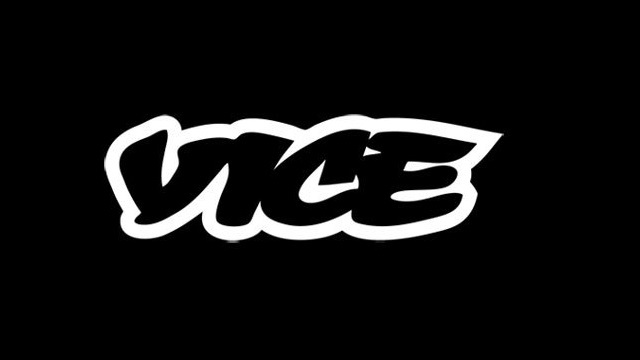Technology development can be a double-edged sword for publishers, but the ‘Stories Studio’ app developed in-house by the Vice Media Group last year appears to be serving the group well. Vice titles now produce more content in the popular Stories format every month than traditional text or horizontal video.
Takeaways
- The ‘Stories Studio’ app has boosted Vice Media Group’s output of stories-style content, popular across platforms including TikTok, Instagram and Facebook. More than 250 Vice employees now use ‘Stories Studio’ to generate over 3,000 pieces of original content each month.
- Leadership at Vice is keen to point out that their focus on Stories is not another pivot, distancing the move from the disastrous technology-led shift to video that failed for so many online publishers. Instead, Vice chief digital officer Cory Haik says, “Original content creation on these platforms is where the action is.”
- Underlining the Stories format’s popularity, average impressions per post are up 72% for the group. Vice World News, a new focus for Vice, credits its ‘stories-centric’ output with growing its Instagram follower count from just over 100,000 to more than 600,000 over the past six months.
Consistent creativity
- Traditionally, responsibility for producing content in emerging digital formats has fallen on separate teams. But rather than leaving dedicated social producers or digital design teams to produce story content, the ‘Stories Studio’ app provides templates and design elements to assure ‘uniformity and consistency’ of output.
- “The Studio lowers the barrier to creativity,” said Olly Osborne, MD of Europe at Vice Digital. “The newsrooms are anchored to legacy CMSes,” he added. “It roots editors in text-based journalism. We really wanted to build a tool that was a bridge.”
- Vice is looking at how to take advantage of the app in other areas including its branded content business. The revenue from Stories content almost doubled in Q1 2021, compared with Q1 2020. “It’s well exceeded my expectations,” Haik said.
Audience-first tech
The audience-led approach to technology development taken by Vice with Stories content is a departure from some of publishing’s previous tech obsessions, where investments were made in technology ahead of the development of any clear business model.
The universally derided pivot to video, the collapse of Conde Nast’s Style.com eCommerce play and Future Publishing’s failed FutureFolio app development software are all examples of publishers putting technology development ahead of market demand. But there are also examples of solid audience-focused technology developments from publishers.
The Washington Post is a strong example of a publishing house capitalising on the investment made in its own digital transition to sell, or rent, the technology it has developed to companies that are trying to catch up.
The Post’s Arc XP Publishing unit provides software for publishers, including content management systems and ecommerce. Its Zeus platform provides revenue technology tools for publishers. With about 125 publishers signed up in about 12 months, Zeus brings together four elements:
- Zeus Performance optimizes advertising performance
- Zeus Video adds video to the range of ad formats publishers can sell through Zeus
- Zeus Prime allows companies to buy automated ads in real-time
- Zeus Insights is a first-party data tool that is used for ad-targeting
The Washington Post’s technology play is impressive, bringing together the publishing expertise of a national paper and the advanced software capabilities from Amazon Web Services. Unfortunately, not every publisher has those advantages and tech sales are probably best seen as a welcome by-product rather than a corporate objective.









